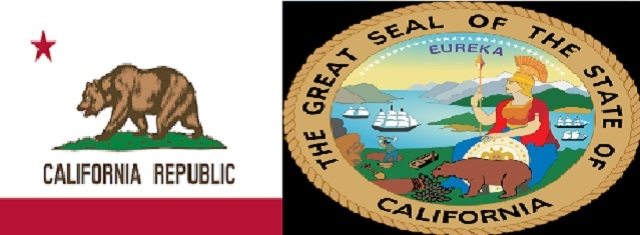Local
CALIFORNIA WILL NOT BE SAVED FROM DROUGHT BY WINTER RAINS
SHOWERS & THUNDERSTORMS NO IMPACT

(Source: Wikipedia)
USPA NEWS -
No impact of the weather is expected on the state's historical drought. Most ot California's precipitation comes during the winter months, especially in the Sierra Nevada range, which relies on typically heavy snowfall to pack the mountains. During the summer months, the snowmelt tops...
No impact of the weather is expected on the state's historical drought. Most ot California's precipitation comes during the winter months, especially in the Sierra Nevada range, which relies on typically heavy snowfall to pack the mountains. During the summer months, the snowmelt tops off reservoirs with water.
Already in March of this year, lawmakers were proposing emergency legislation, state officials were clamping down on watering lawns and, as California entered a fourth year of drought, some were worried that the state could run out of water.
Already in March of this year, lawmakers were proposing emergency legislation, state officials were clamping down on watering lawns and, as California entered a fourth year of drought, some were worried that the state could run out of water.
Ted Thomas, a spokesman for the California Department for Water ressources said 'We have been in multiyear droughts and extended dry periods a number of times in the past, and will be in the future'. He added 'In periods like this there will be shortages, of course, but the state as a whole is not going to run dry in a year or two years.' The reservoirs provide only a portion of the water used in California and are designed to store only a few years' supply.
According to a study published by 'Nature Climate Change' in September 14, 2014, the spring snowpack on mountains crucial to California's water supply reached its lowest level this year in past 500 years. Ben Cook, a climate scientist at the NASA Goddard Institute for Space Studies in New York City said 'This is an interesting contribution that seems to fit very well with the emerging evidence that the current drought in California is exceptional'.
On April 1, an official state survey at a site in the Sierra discovered no snow there for the first time in 75 years of tallies. Snow levels throughout the mountain range were at 5% of the annual average since the state began taking measurements in 1950. The same day, California's governor issued an executive order mandating a 25% reduction in potable urban use statewide.
Ruby Bird California Los Angeles Rain Drought Weather Precipitation Winter Summer Sierra Nevada Mountain Snowmelt Reservoirs Water Lawmakers
Liability for this article lies with the author, who also holds the copyright. Editorial content from USPA may be quoted on other websites as long as the quote comprises no more than 5% of the entire text, is marked as such and the source is named (via hyperlink).






